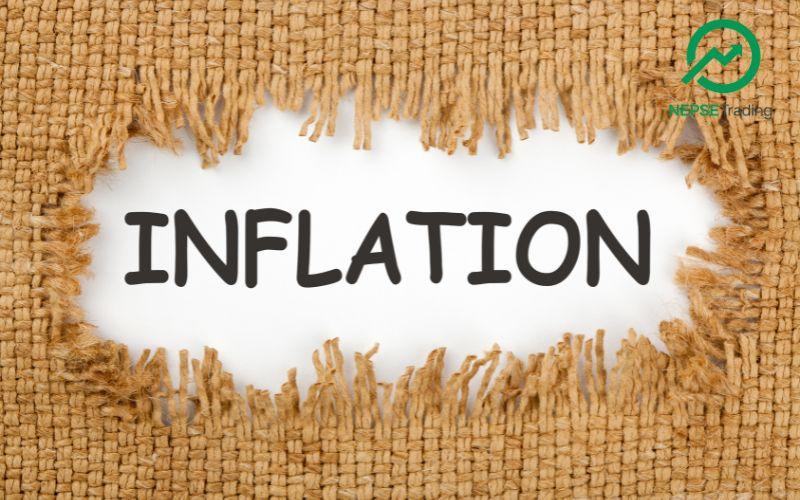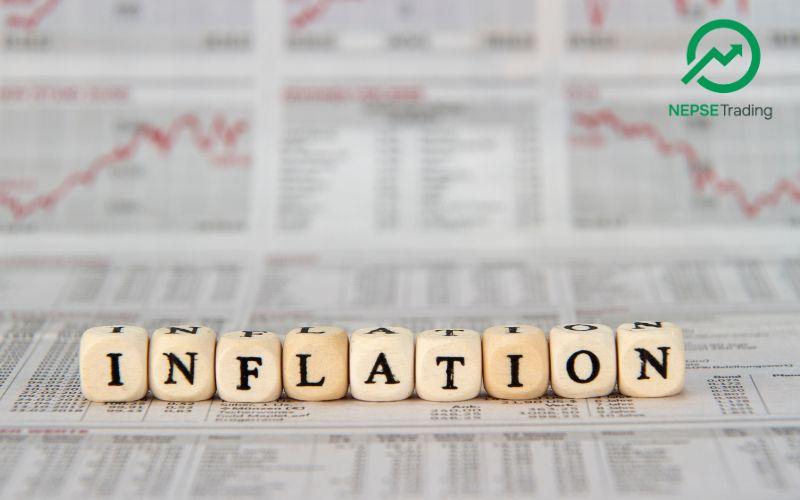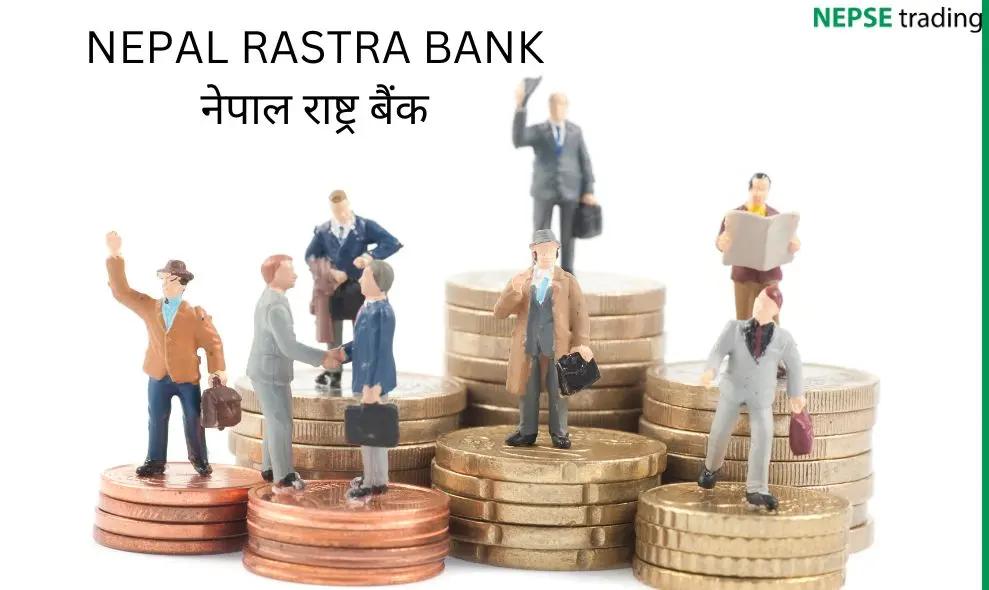By Dipesh Ghimire
Share-Backed Loans Surge Nearly 37 Percent in First Quarter, Reflecting Renewed Investor Activity in Capital Market

Kathmandu – Nepal’s banking sector has witnessed a sharp rise in share-backed (margin) lending during the first quarter of the current fiscal year 2024/25 (Shrawan–Ashwin 2082/83), indicating renewed investor activity and increasing reliance on credit to participate in the stock market. According to the latest data released by Nepal Rastra Bank (NRB) on Monday, banks issued Rs. 1.44 trillion in share-backed loans by the end of Ashwin, marking a significant 36.97 percent increase compared to the same period last year.
In the previous fiscal year 2023/24 (2081/82), banks had issued Rs. 1.05 trillion in share-backed loans by Ashwin-end. The dramatic rise this year reflects a resurgence in market optimism, improved liquidity conditions in the banking system, and growing investor confidence, even as regulatory scrutiny on margin lending has tightened in recent years.
The most notable growth has been observed in the upper lending segment—loans exceeding Rs. 10 million (1 crore). As per the NRB data, lending in this category surged to Rs. 109.85 billion this year, compared to only Rs. 69.97 billion during the same period last year. This represents a staggering 44.32 percent growth, signaling that high-net-worth individuals and institutional investors have significantly increased their exposure to the stock market.
The middle-tier categories also recorded robust expansion. Loans between Rs. 5 million and Rs. 10 million grew from Rs. 13.59 billion last year to Rs. 17.70 billion this year—an increase of 30.28 percent. Similarly, loans between Rs. 2.5 million and Rs. 5 million expanded by 19.86 percent, rising from Rs. 14.87 billion to Rs. 17.82 billion in the current period. Even smaller loans—below Rs. 2.5 million—saw an increase of 14.06 percent, with borrowing reaching Rs. 8.43 billion, up from last year's Rs. 8.17 billion.
Market analysts say the surge across nearly all loan categories indicates broad-based participation in the capital market, driven by expectations of market recovery, improved corporate earnings outlook, and a favorable liquidity environment. “The sharp rise in margin lending, especially in the large-ticket category, suggests that sophisticated investors are positioning themselves for potential upside in the stock market,” one capital market expert commented.
The rise in share-backed lending is also attributed to relatively stable interest rates, easing liquidity pressures, and banks’ willingness to expand portfolio exposure in retail and investment-driven segments. Many investors have increasingly relied on margin financing to leverage their positions as stock prices show early signs of correction and recovery after a long period of market stagnation.
However, experts warn that while the rapid increase in margin lending reflects growing market confidence, it also raises potential risks. Excessive leverage in the stock market can amplify volatility during downturns, and a sudden correction could put pressure on both borrowers and banks. Nepal Rastra Bank has occasionally tightened regulations on share-backed loans to prevent overheating in the capital market and curb speculative trading.
Despite these risks, the overall data suggests that investor sentiment is improving, and the capital market is regaining momentum after months of subdued activity. Banks, too, appear more willing to support credit demand for investment purposes, reflecting improved liquidity conditions following several months of steady deposit growth.
With all loan ranges showing double-digit growth, analysts believe margin lending will continue to influence stock market movements in the coming quarters. The NRB data signals not only a resurgence in risk appetite but also an increasingly credit-driven stock market environment, which could shape market dynamics for the remainder of the fiscal year.









